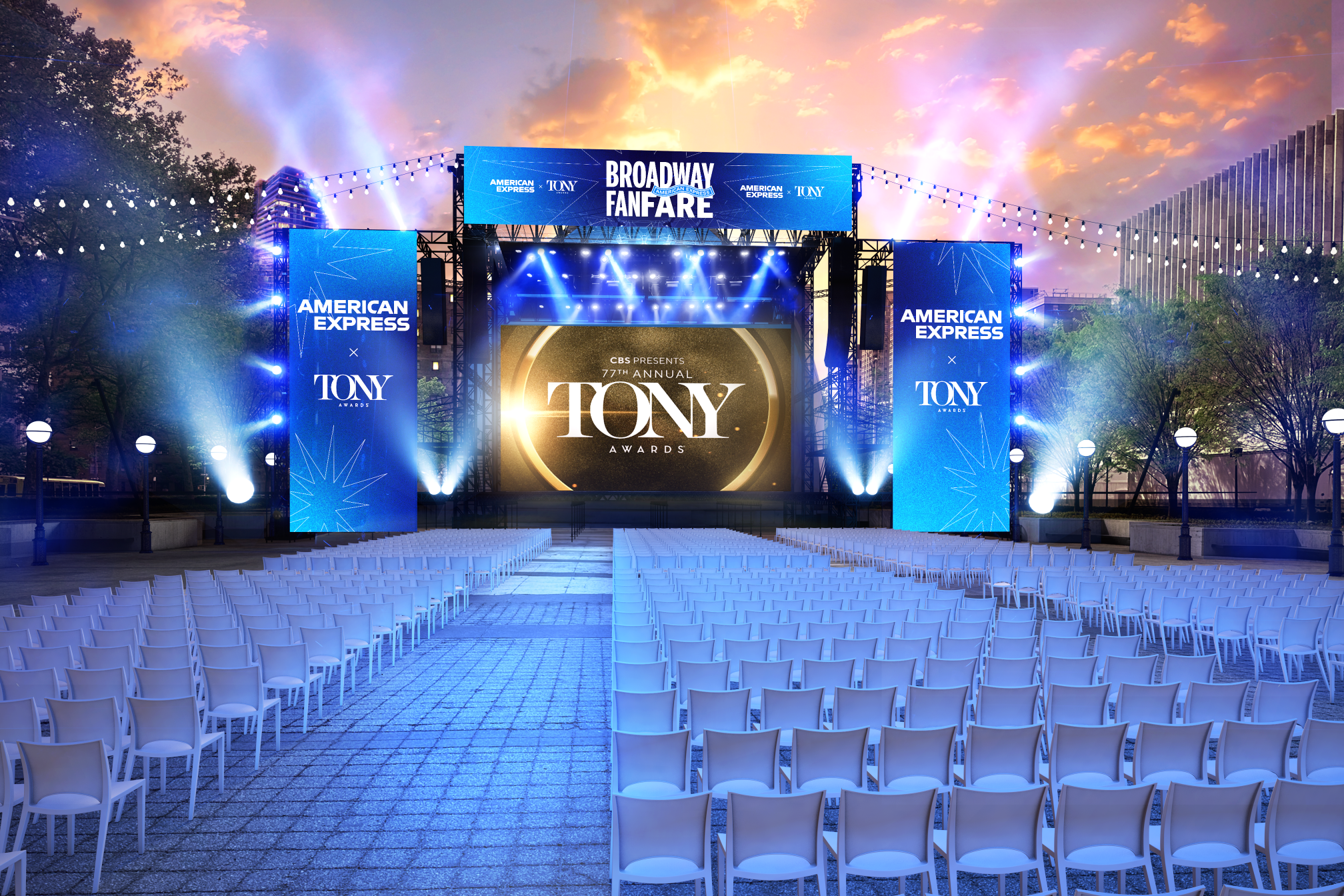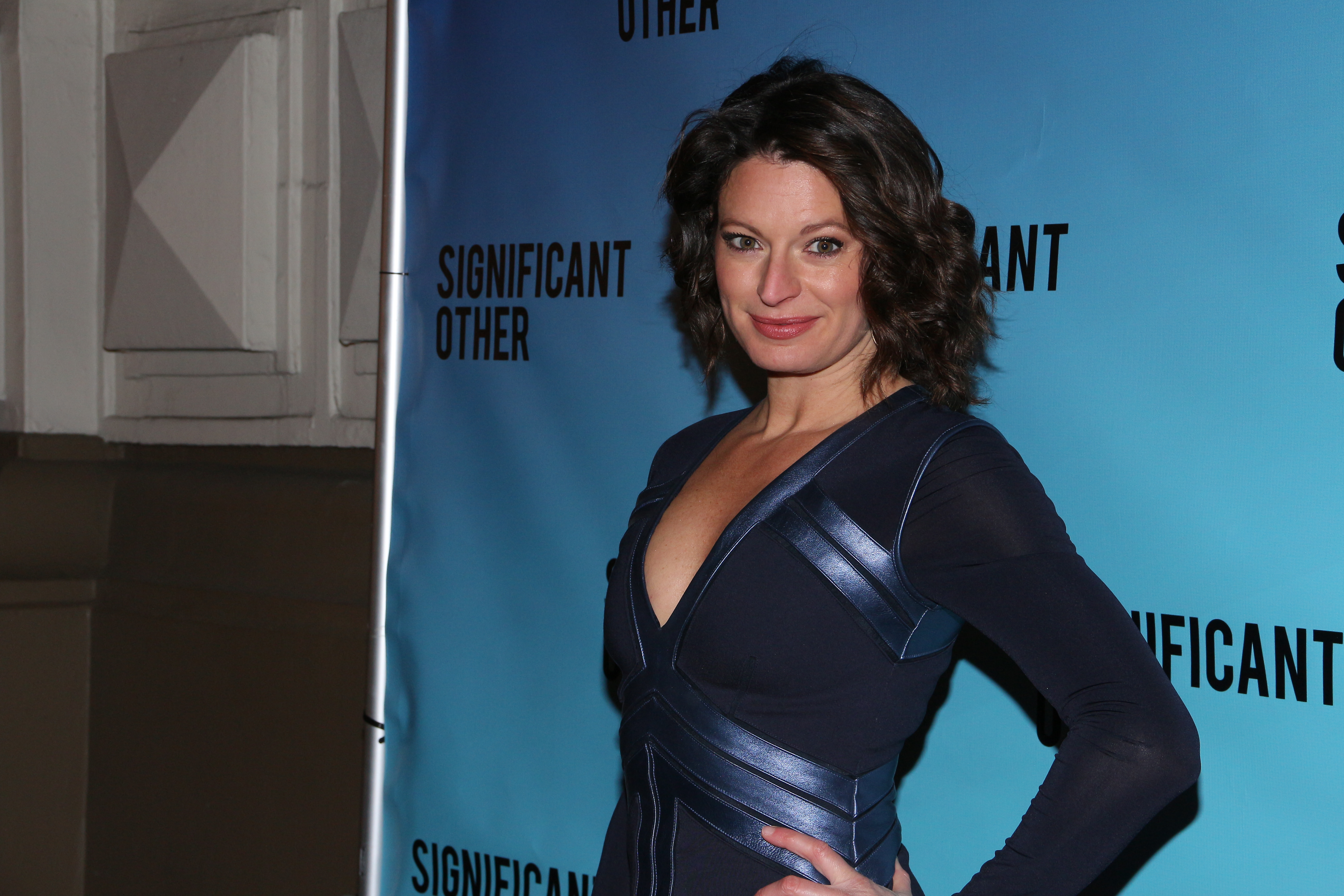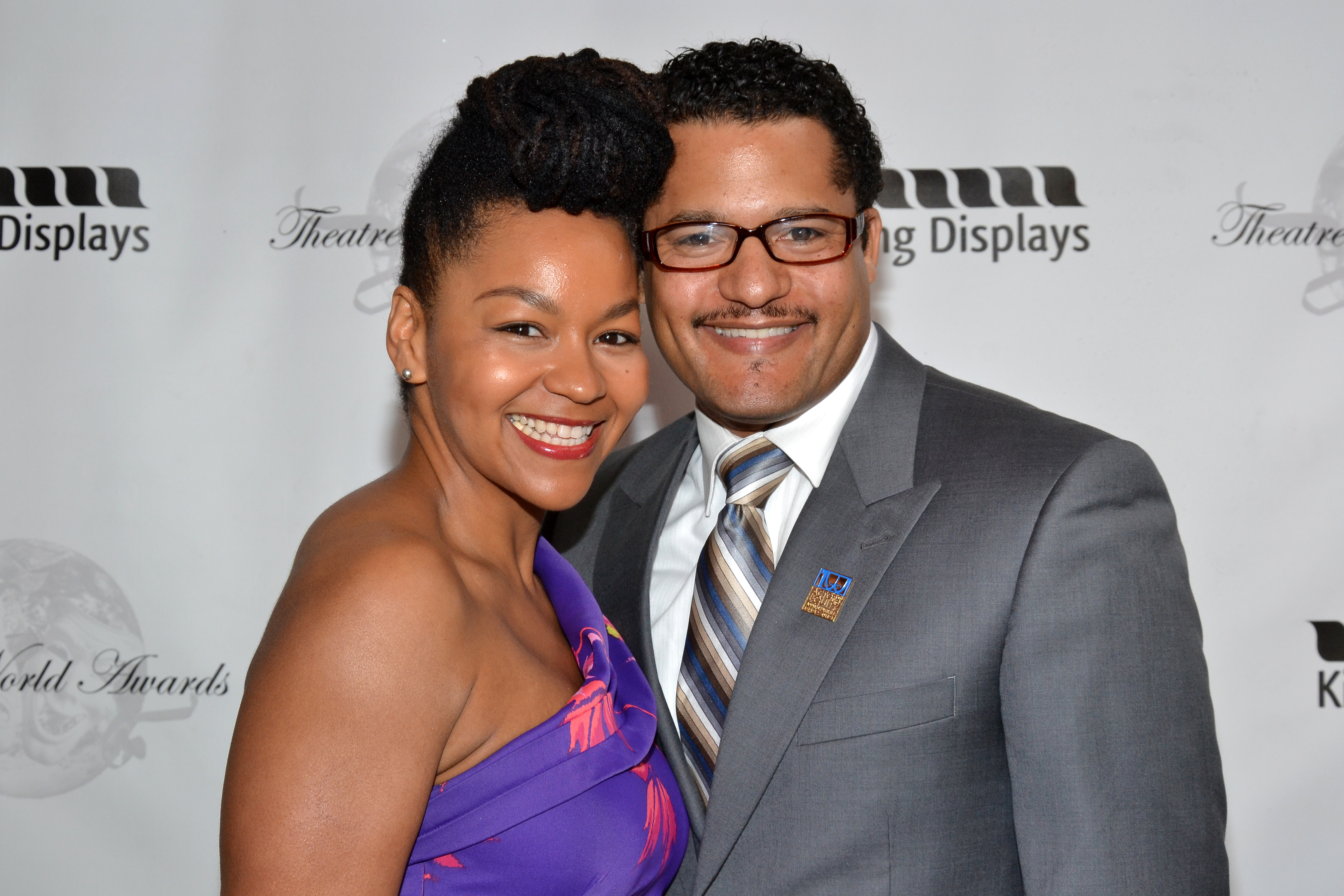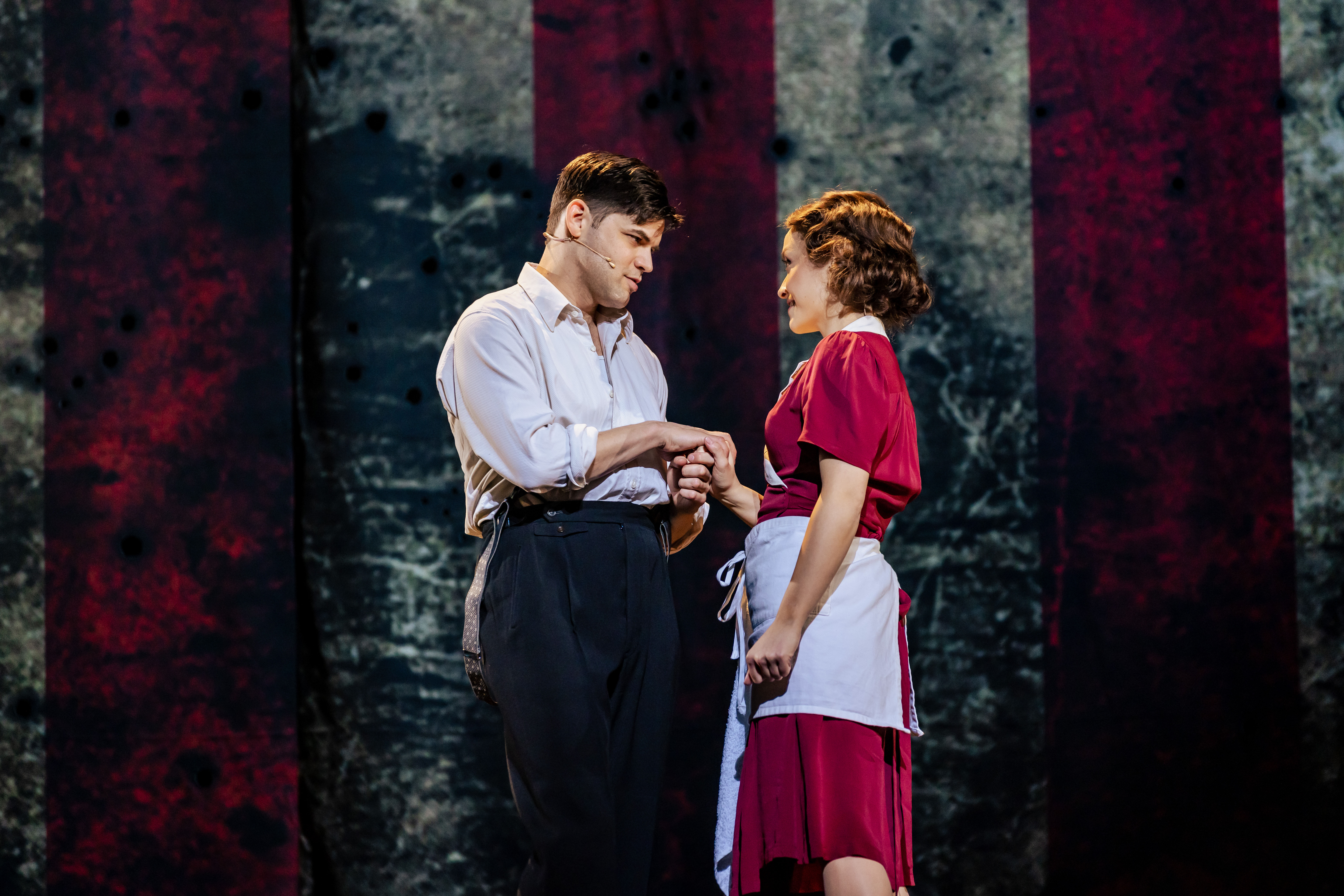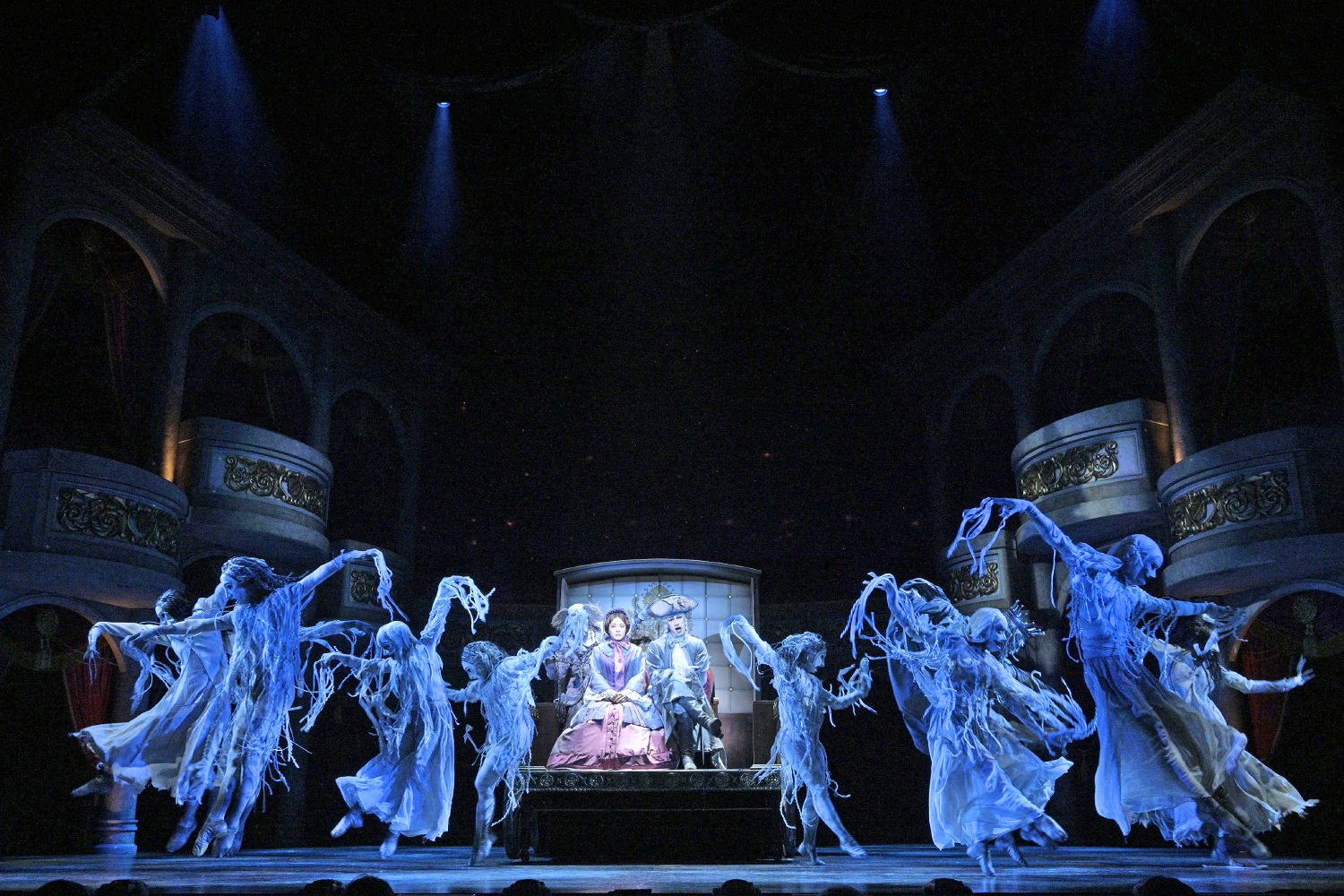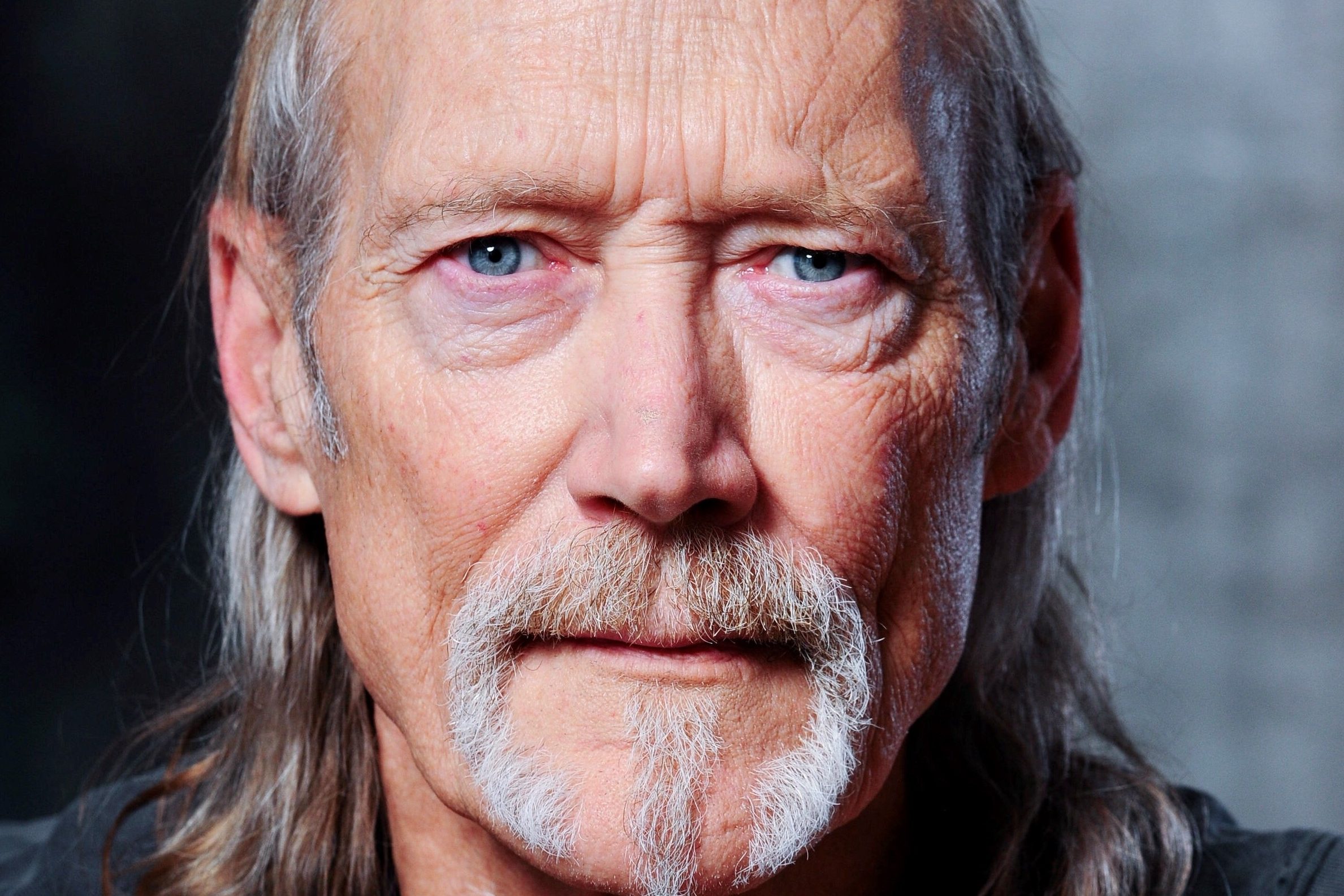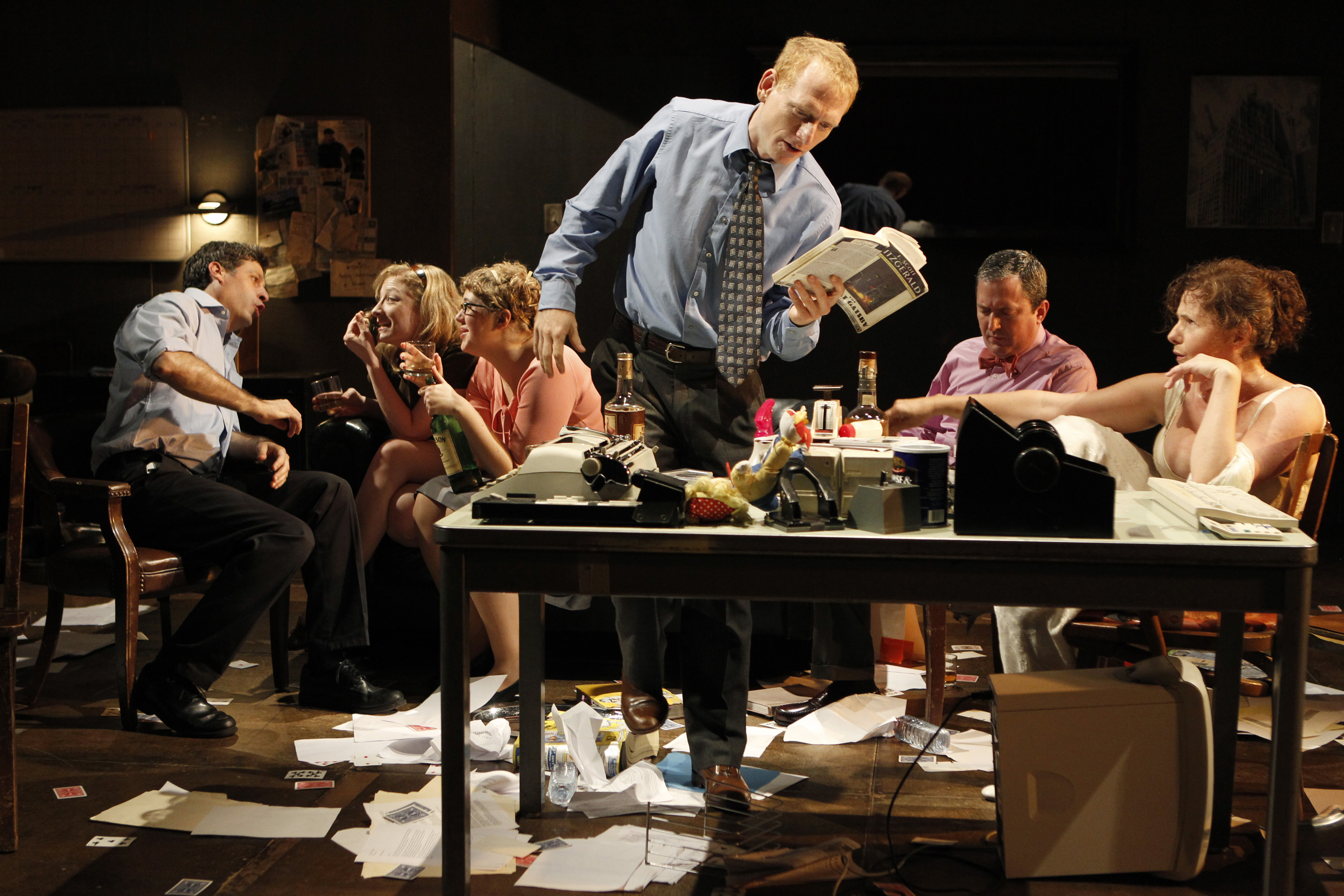The Valley of Astonishment
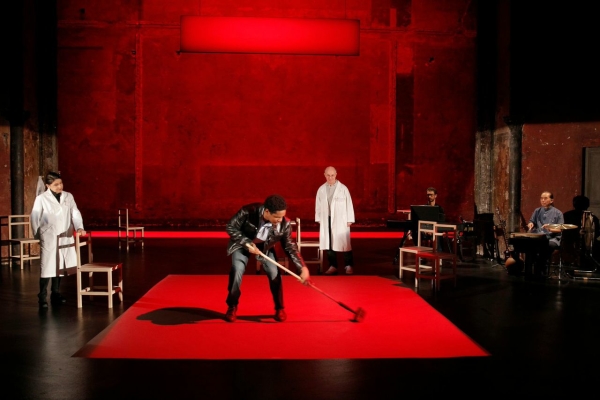
(photo courtesy of the production)
In the new 80-minute piece The Valley of Astonishment, estimable theater makers Peter Brook and Marie-Hélène Estienne explore the inner workings of the brain. The particular focus of the show, which comes to Theatre for a New Audience's Polonsky Shakespeare Center after a European tour, is the phenomenon called synesthesia, in which one's senses essentially double up: sounds become colors, numbers become figures. Utilizing their own research and that of eminent neurologists including Dr. Oliver Sacks, the directors present their creation in a theatrically vivid manner, one that isn't as didactic as you might expect. Those with a background in cognitive science might find the show a bit too recognizable, but for those who don't, it's surprising how refreshingly digestible it is.
At 89, Brook, whose best known New York credits are the Tony-winning Marat/Sade and the 1971 Midsummer Night's Dream set entirely in a white box, hasn't lost the creativity that has set him apart from the rest of the pack for the duration of his long, varied career. There's barely any set (and no credited designer): just a few tables and chairs surrounded by the vast empty space of Theatre for a New Audience's three-quarter-thrust stage. This allows our imagination to run as wild as the ones that belong to the characters, played by Kathryn Hunter, Marcello Magni, and Jared McNeill.
Hunter, one of Brook's frequent collaborators, plays Samy Costas, a 44-year-old woman who possesses a memory that allows her to recall long strings of text and numbers by placing an image on each syllable and then aligning them with the mental picture of a street in her home neighborhood. After a visit to a pair of neurologists (Magni and McNeill), Samy becomes a mnemonist in a music hall variety show, finding fame, fortune, and one surprising downside.
Her story, derived from the life of actual mnemonist Solomon Shereshevsky, is interspersed with others. McNeill plays a man who sees colors when he listens to jazz and uses this trait to become a painter. A particularly entrancing sequence, accompanied by onstage musicians Raphaël Chambouvet and Toshi Tsuchitori, follows the artist as he paints on a floor-bound canvas, which changes colors through shifts in Philippe Vialatte's lights. Magni, meanwhile, appears as a man suffering from a full-body paralysis, but can control his limbs by staring at them. He deliciously doubles as a one-handed magician who blurs the lines of memory even further when he invites the audience to participate in a series of card tricks.
What's refreshing about Valley is how Brook and Estienne never bog down the text in facts and psychobabble; instead they present their research through relatable human stories. All of the actors' performances are genial, bighearted, and memorable. Hunter, in particular, is thrilling as Samy, bravely charting her journey from a woman content with her place in the world to one who is completely lost once she realizes the exact powers of her own mind.
Brook and Estienne adopt their title from the Persian poem "The Conference of the Birds," in which 30 birds have to cross seven valleys of suffering in search for a king. Here, the pair views synethesia through this lens, where people's memories are so intense that they can, as they write in a program note, pass from "paradise to hell and back again." That’s the brain for you: weird, mystical, and truly astonishing.



